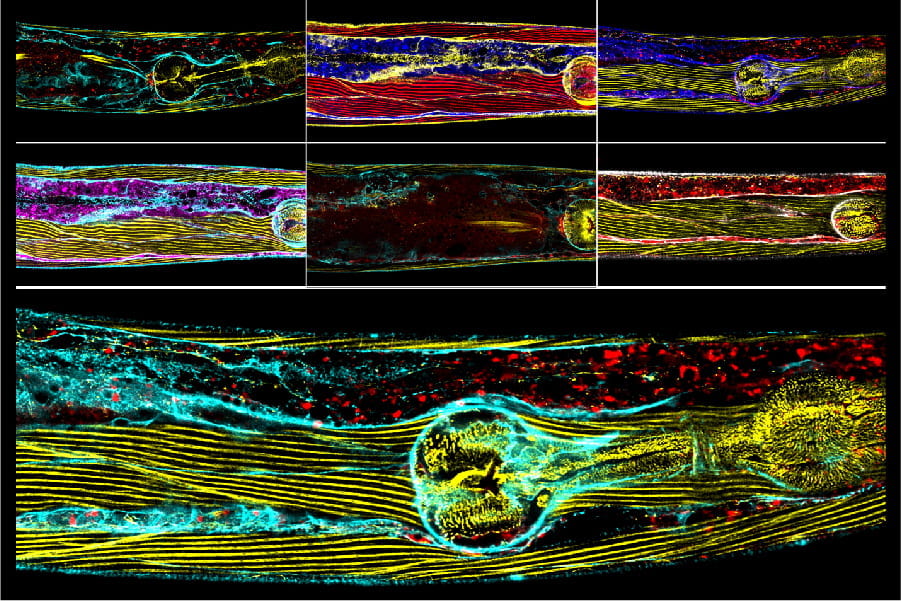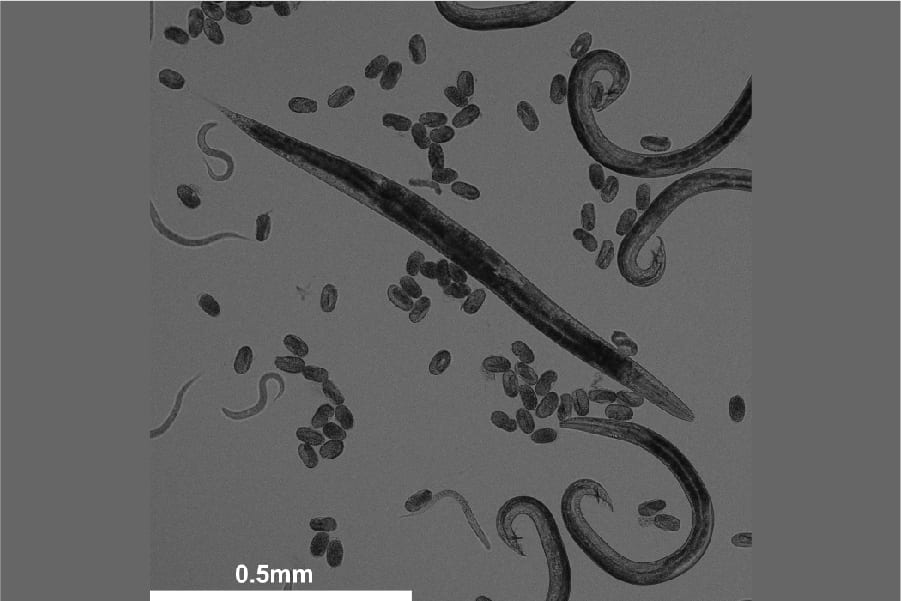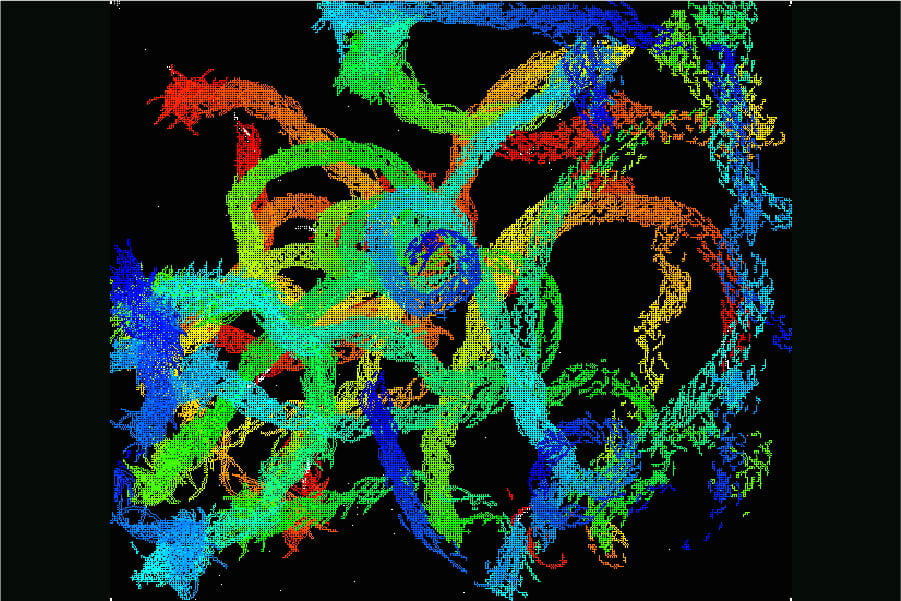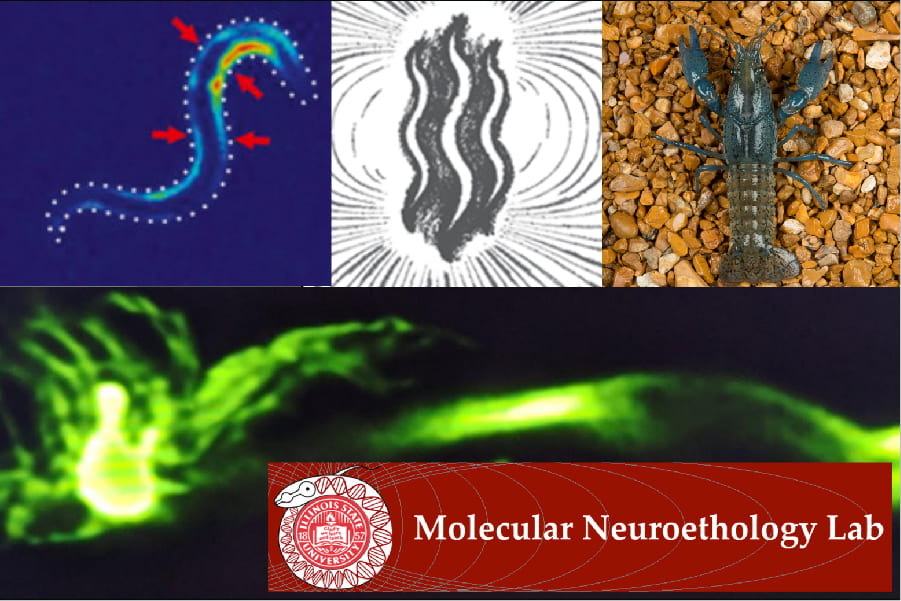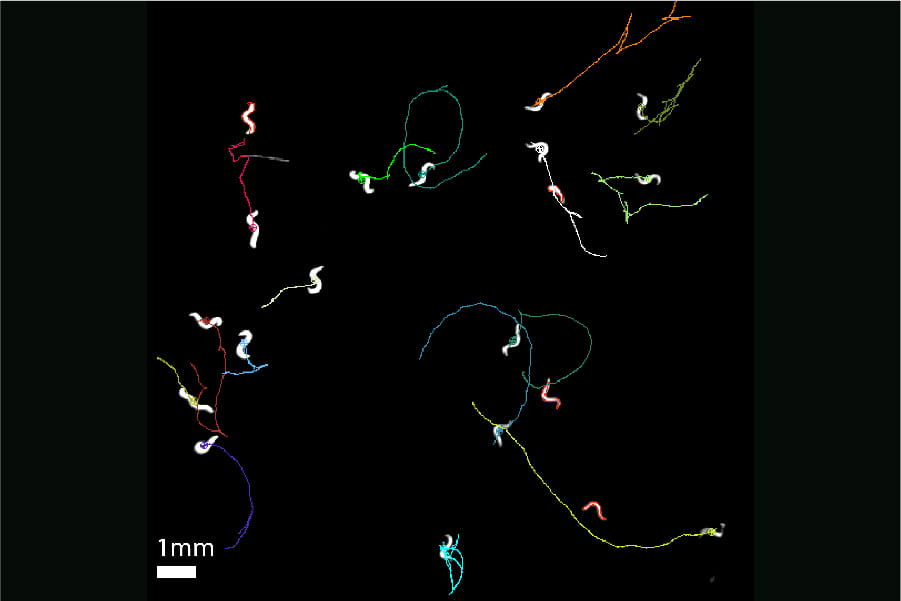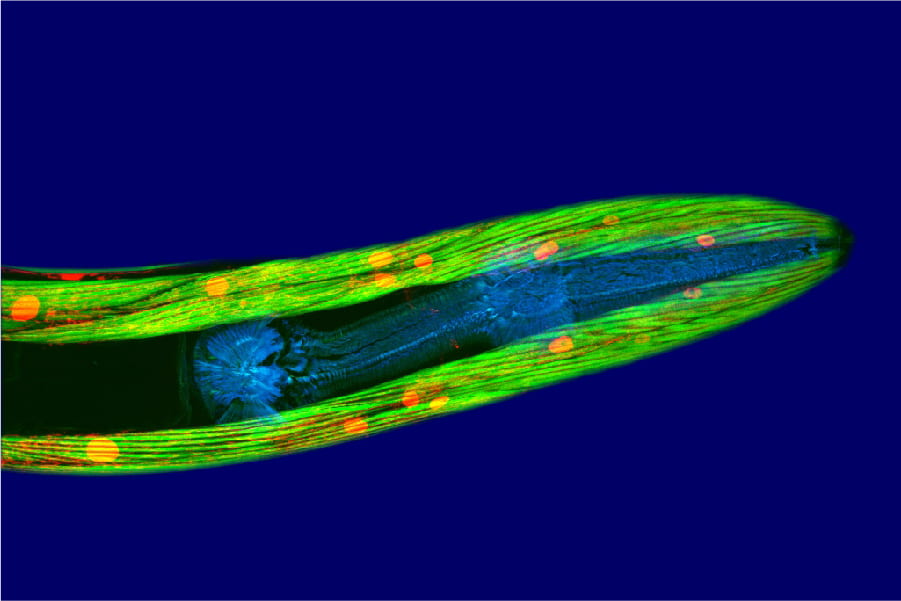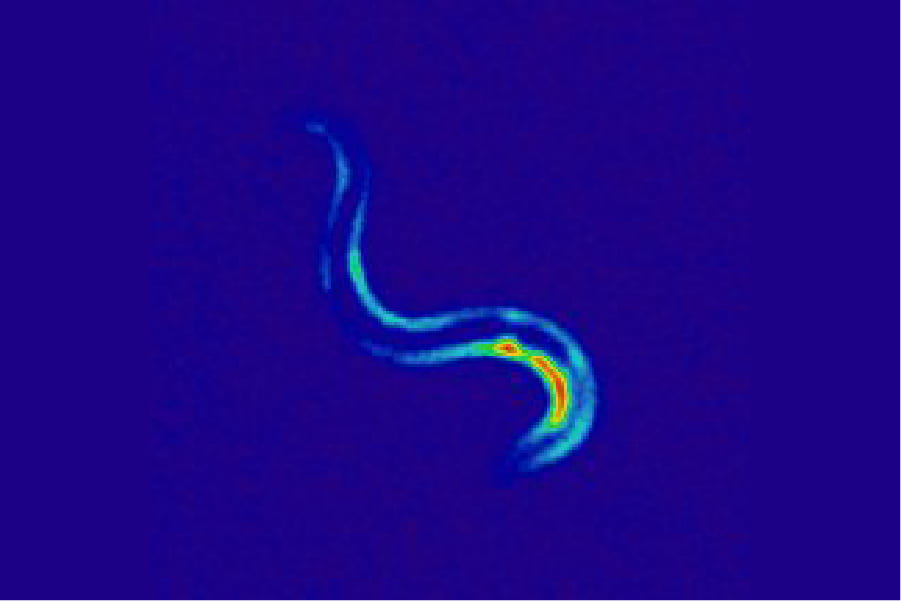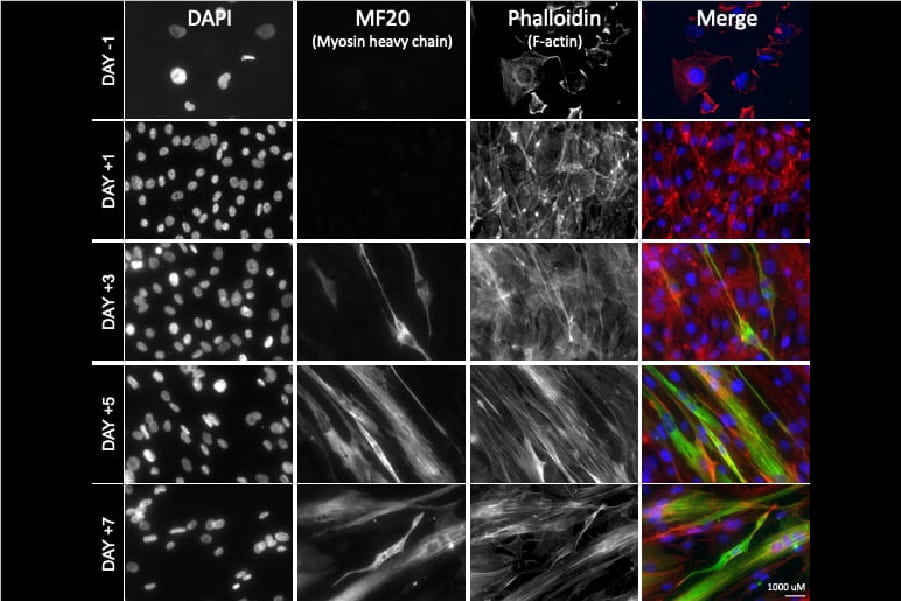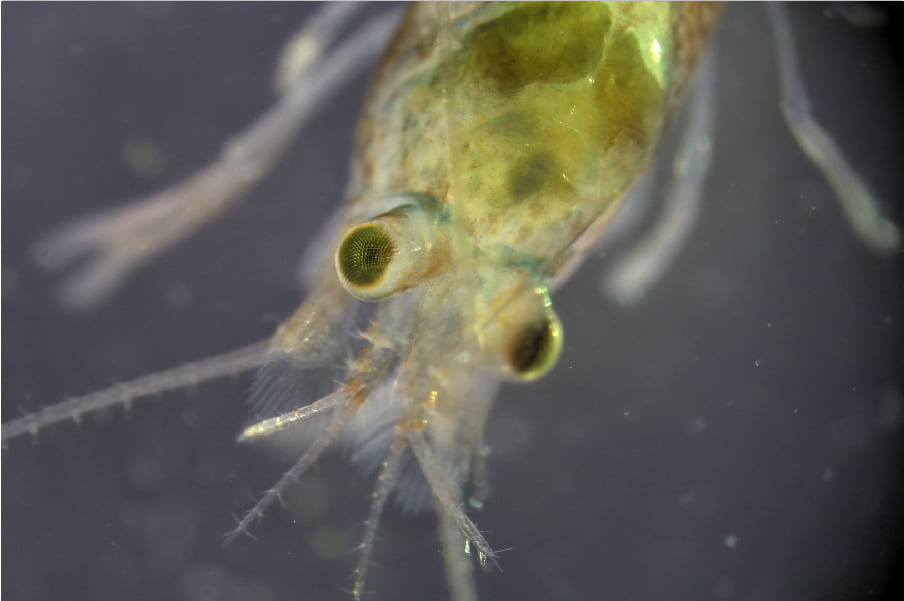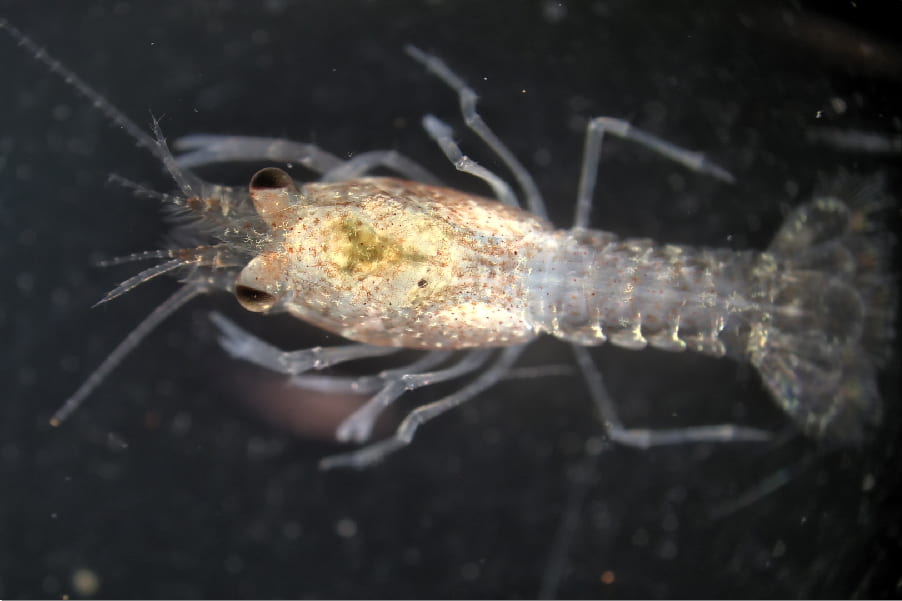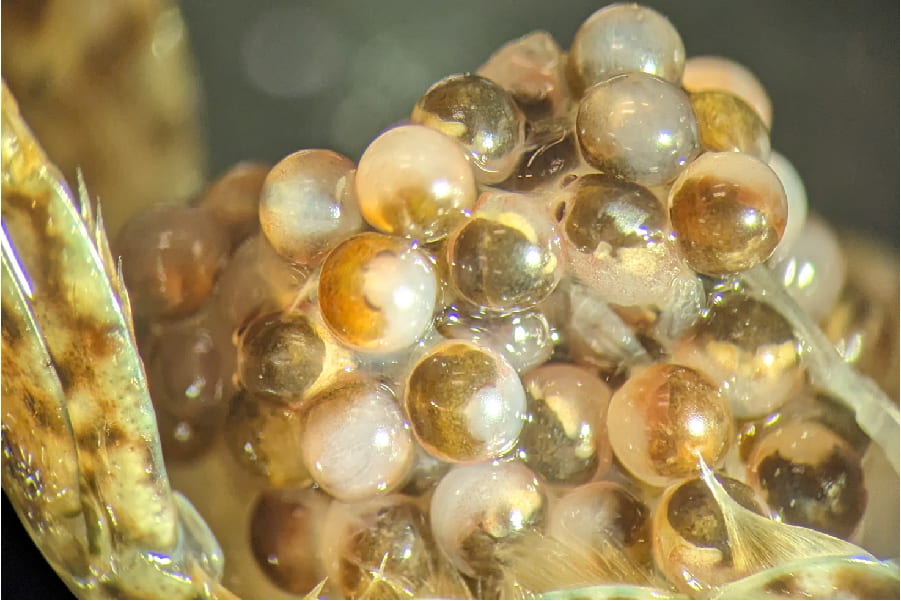
YOUR TAX DOLLARS AT WORK
RESEARCH OVERVIEW
Understanding how nervous systems control behavior is crucial for addressing major human health challenges, from neurodegenerative diseases to muscular dystrophy. Our lab tackles these fundamental questions using innovative approaches that bridge basic neuroscience with direct clinical applications.
To thrive, animals must successfully interact with their environment, engaging in complex behaviors that include: 1) detecting relevant stimuli (sensation), 2) processing information and selecting appropriate outputs (integration), and 3) performing selected patterns of activity (execution). These tasks are mediated by nervous systems operating under constant genetic regulation. Understanding the neuro-molecular basis of behavior is essential to discern the principles governing animal (and human) behavior, which in turn aids in addressing disease and other challenges such as aging.
Our lab focuses on elucidating the neuronal and genetic basis of behavior through a three-pronged approach. We investigate the components of behavior by focusing on distinct questions that advance our understanding of the principles governing animal behavior. We utilize invertebrate models due to their succinct nervous systems and experimental amenability. Techniques employed in our lab include behavioral analysis, microscopy, immunohistochemistry, molecular tools (e.g., cloning, transgenesis, RNAi, qPCR), optogenetics, calcium ratiometry, and more.
Current Research Projects
1. Molecular Mechanisms of Muscle Degeneration and Protection During Duchenne Muscular Dystrophy (DMD)
Our lab studies DMD using both nematodes (C. elegans) and human muscle cell cultures, creating a unique translational pipeline from fundamental discovery to potential therapeutic applications. Our PNAS publication demonstrated how exercise interventions can protect dystrophic muscle, with direct implications for patient care protocols. By leveraging the natural burrowing behavior of nematodes, we developed a high throughput automated assay to investigate motor output in healthy and dystrophic animals. We aim to identify mechanisms of muscle impairment, pathways to stall disease progression, and generate patient-specific models to evaluate potential treatments.
2. Animal Detection and Use of the Earth’s Magnetic Field
We explore how the nematode C. elegans detects and orients to the Earth’s magnetic field, providing insights into the interaction between magnetic fields and living systems with implications for biomedical device development. Our studies identified the AFD neurons as crucial for magnetic orientation, and we employ advanced magnetic cages to manipulate and study these fields. This eLife publication represents a breakthrough in understanding magnetic field biology.
3. Crustacean Neuroscience and Genetic Techniques
In collaboration with the Stein Lab (ISU) and the Lyko Lab (Germany), we are adapting modern molecular techniques for crustacean neuroscience research. Our work involves generating protocols for crayfish transgenesis, annotating genomes, and constructing plasmid libraries to manipulate gene expression. This research enhances our understanding of serotonergic signaling and escape behavior in crayfish.
Student Training Excellence
Central to our mission is training the next generation of scientists. Our lab has mentored 189+ students, with 92% pursuing STEM careers, reflecting our commitment to hands-on research education and professional development. Students gain experience across multiple model systems and cutting-edge techniques while contributing to high-impact research.
Recognition and Impact
Our work has been recognized through successful federal funding renewals, STEM Professional Excellence Awards, and peer review service for top-tier journals including Nature and Science. The lab serves as a model for cost-effective research training, achieving exceptional student outcomes while maintaining rigorous scientific standards with 2.7× greater efficiency than R1 research programs.
Impact and Goals
Our research directly addresses human health challenges: our DMD studies inform clinical exercise protocols for patients, our magnetic field research has implications for biomedical device development, and our high-throughput behavioral assays provide tools for drug screening and therapeutic evaluation. These applications span improving motor function following injury or disease, designing intelligent machines capable of responding to environmental challenges, and developing therapeutic strategies for genetic disorders like DMD.
Techniques and Methodologies
We employ a wide array of techniques in our research:
- Behavioral Analysis
- Microscopy
- Immunohistochemistry
- Molecular Tools (e.g., Cloning, Transgenesis, RNAi, qPCR)
- Optogenetics
- Calcium Ratiometry
- High Throughput Automated Assays
- Human Muscle Cell Culture
- Magnetic Field Manipulation
Our interdisciplinary approach integrates these methodologies to address complex biological questions and provide comprehensive insights into the genetic and neuronal basis of behavior.
For more details on our research and specific projects, please visit our lab website or view our research impact dashboard.
